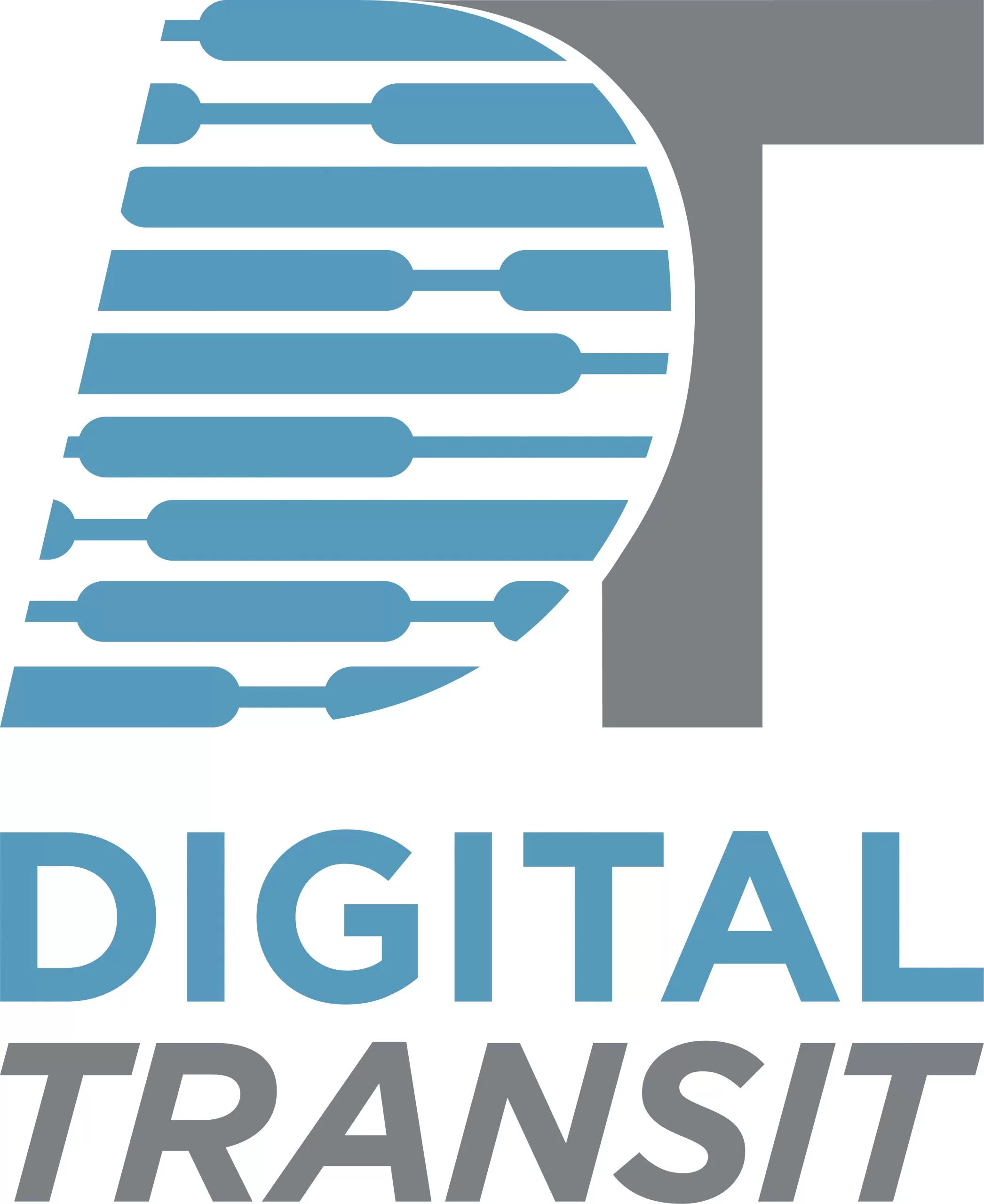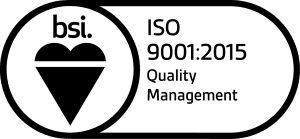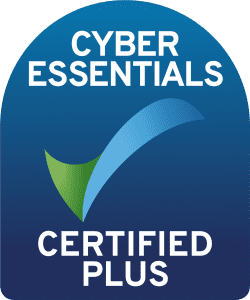Blended Learning/Online Course | 6 Self-Paced Modules + 3 Live Interactive Sessions
Mastering EDSM in Rail Safety Projects: EN50126 Insights for Engineers and Managers
EDSM According to EN50126
Course Overview
The EDSM According to EN50126 course provides engineers, managers and others involved in Rail safety-related projects with a detailed understanding of the fundamentals of EDSM supported by competency-based structure.
The opening module provides background to EDSM and a brief overview of its application in the railway drawing upon best practice. The following modules introduce a number of EDSM fundamentals and the approach suggested by good practice and standards for putting them into place.
Comprehensive guidance on implementing safe work systems in the railway is provided and all participants will have the opportunity to gain hands-on experience of the main techniques involved.
The course content is mapped to:
• Industry standard competencies, skills and evidence requirements relevant to rail safety work
– Industry regulations
– Australian and international standards
• Information is interspersed with practical exercises. There is a short multiple-choice examinaton at the end to assess the identified learning outcomes
Key Benefits
- Demonstrate a sound understanding of the principles of EDSM
- Appreciate risk in the context of the railway, design and safety management
- Describe how design and the safety lifecycle interact and influence each other
- Relate current best practice including latest safety standardsEN50126-1/2:2017, EN50129:2018, and EN50716:2023 (Infrastructure & Software for rolling stick),
EN50155:2017 (Hardware for Rolling stock), to your own business - Identify and use relevant standards to aid management of design risk
- Identify hazards, assess risks and understand risk assessment and its approaches
- Discover relevant standards and illustrate how risks in general should be managed
- Describe different approaches to risk acceptance and SFAIRP and learn to apply the current and developing legislative requirements for rail design risk
- Contribute to a safety plan and communicate safety-related information including hazard logs and other safety records
- Understand the need for a risk-based system engineering lifecycle approach to enable built-in safety, value and performance
- Make decisions which optimise system safety and engineering design requirements in a business context
- Explain the concept of the designer as a ‘rail safety worker’ and its implications
- Use case studies to understand the potential for things to go wrong and
develop practical risk management skills - Understand project management, systems engineering and integration, validation and stakeholder management in the overall rail business context

Course Outline
MODULE 1
• Introduction to EDSM & Acronyms
• Understanding risk
• Examples of engineering and design safety risk in rail.
• Intro to EN50126-1/2:2017
MODULE 2
• Case studies of accidents related to design: Learning from the mistakes of others
• Accident case study: Detailed case study caused by design errors and inadequate EDSM
MODULE 3
• Standards for engineering safety
• Software and Electronics hardware and EN50128:2011 and EN50129:2017 and SIL Concepts. EN50155, EN506575
• Identify, Assessing and Mitigating risk
• Reliability and Maintainability (RAM), Verification and Validation (V&V)
MODULE 4
• What does legislation say about rail design/engineering safety risk? Demonstration of SFAIRP and compliance
• Case study: A practical application of the concept of SFAIRP
MODULE 5
• Safety management systems and quality management
• Safety organisational issues
• Safety acceptance and approval processes
• Security form Cyber Threats
MODULE 6
• Railway systems engineering and integration
• Sum up and the way forward – The new Digital railway
• Course examination
Course Directors
Howard Parkinson
 Dr Howard Parkinson is a Chartered Engineer contributing to global standards in railway safety, software and systems engineering. With over 20 years of international experience, he has held senior roles in signalling, rolling stock, infrastructure, and railway systems, including Systems Assurance Manager and Head of Systems Engineering and Safety. His expertise spans metro, tram, and heavy rail, with a focus on safety, compliance, and
Dr Howard Parkinson is a Chartered Engineer contributing to global standards in railway safety, software and systems engineering. With over 20 years of international experience, he has held senior roles in signalling, rolling stock, infrastructure, and railway systems, including Systems Assurance Manager and Head of Systems Engineering and Safety. His expertise spans metro, tram, and heavy rail, with a focus on safety, compliance, and
reliability.
A Fellow of the Institution of Mechanical Engineers (FIMechE) and a member of the Institution of Railway Signal Engineers (MIRSE), Howard holds a doctorate in Mechanical and Aeronautical Engineering from the University of Manchester. Alongside consultancy and research, he delivers specialised training in engineering, safety, risk management, European interoperability, and railway legislation.
Who Should Participate
Any member of staff – decision makers, project managers, line managers, engineers, designers and others – involved with changes to the railway need an understanding of the latest best practice.
EDSM According to EN50126 course provides a structured and robust approach to managing complex railway projects safely that is aligned with the LATEST CENELEC standard EN50126-1/2:2017, EN50129:2018 and EN 50716:2023 and AS4292.2006 for infrastructure, rolling stock, hardware and software.
Fundamental Level Recommended Prerequisites
Participants should have a general understanding of engineering and project management principles and practices.
Course Requirements and Certificates
Delegates must meet two criteria to be eligible for an Informa Connect Academy
Certificate of Completion:
• Satisfactory attendance – Delegates must attend all sessions of the course. Assessments will be ongoing and based on in-class participation and activities.
If delegates have not attended all sessions, the certificate will clearly state the number of hours attended. In-person delegates will receive a printed certificate and virtual delegates will receive a digital certificate.
Course Availability
We offer this course on a flexible schedule, tailored to meet the needs of each individual. The course is run based on demand, allowing participants to choose a schedule that best fits their availability. Click the button below to get in touch, and we will work with you to create a personalized learning experience.



